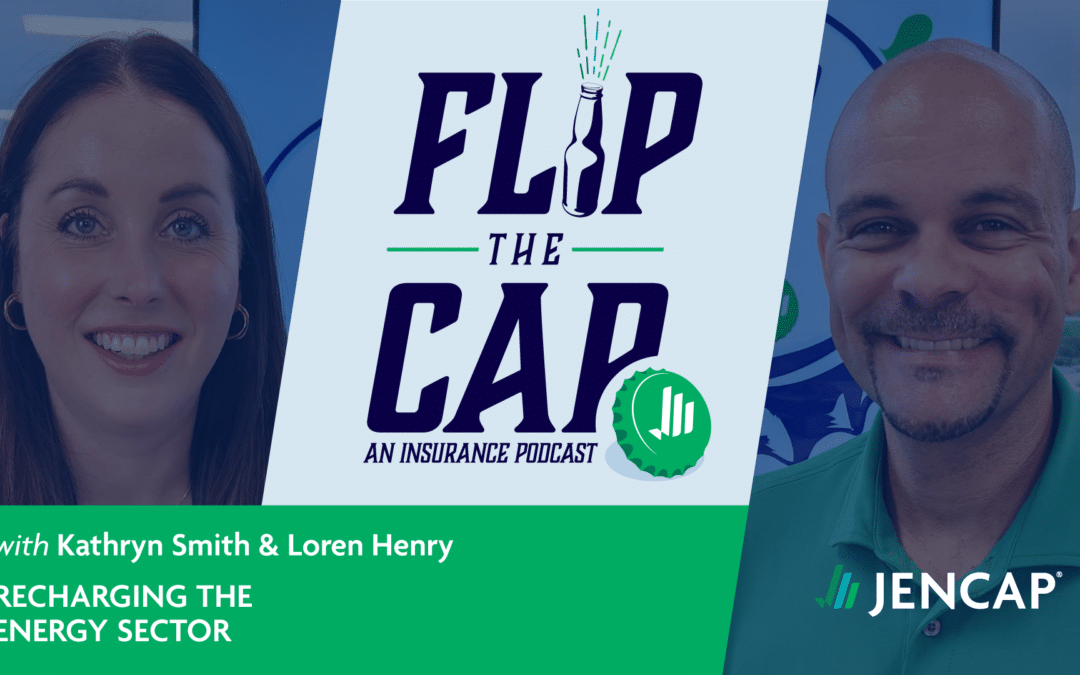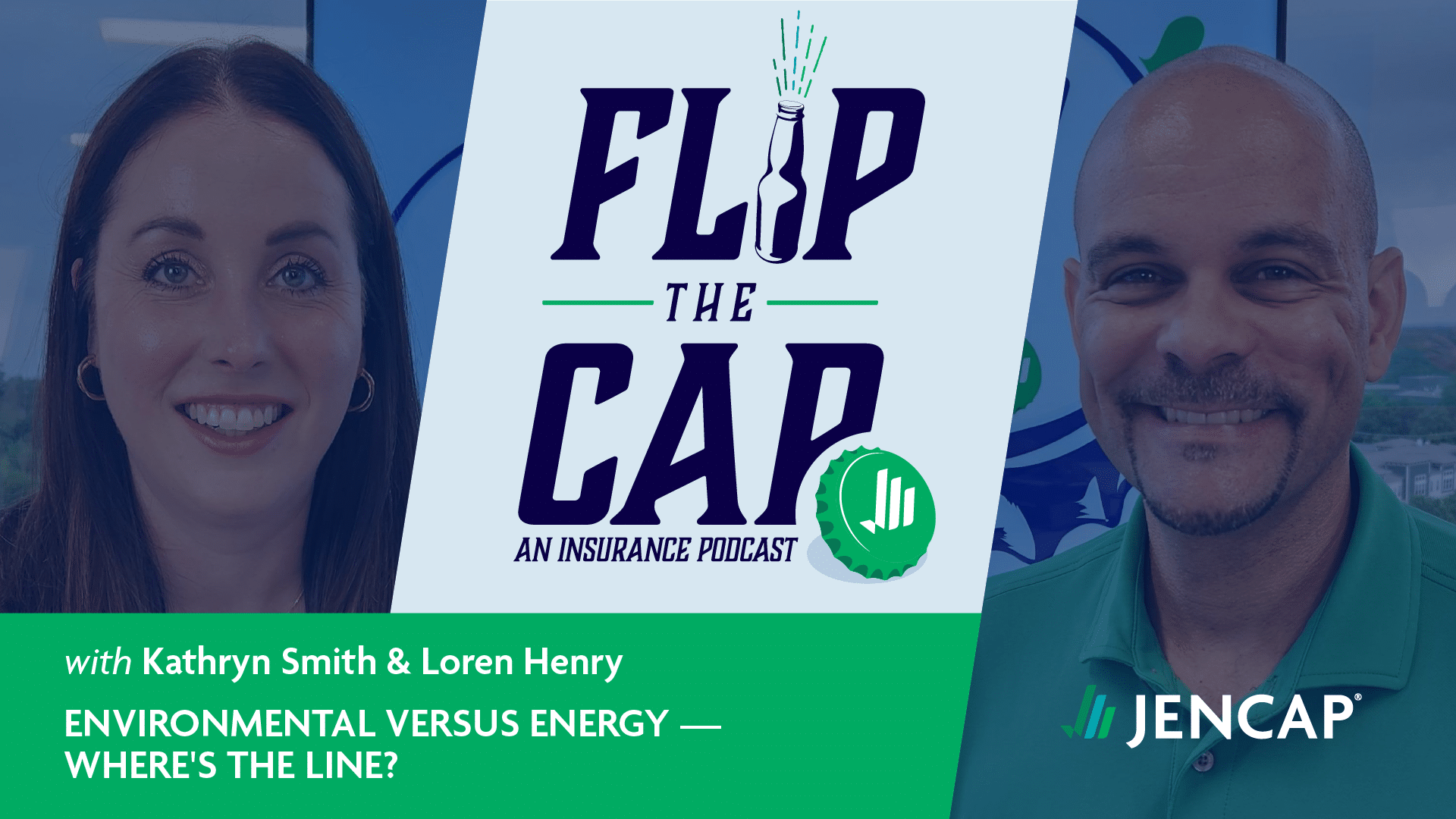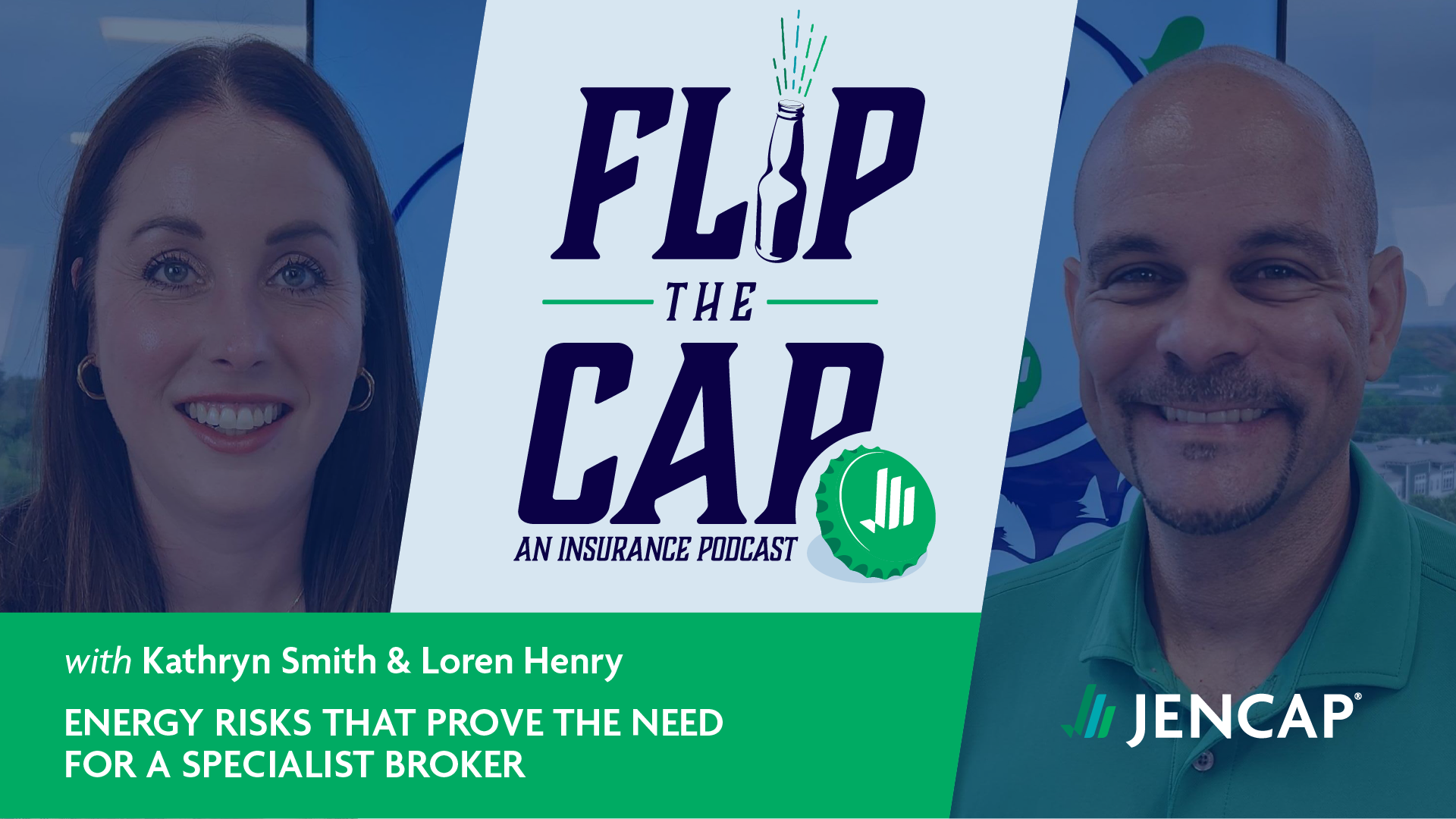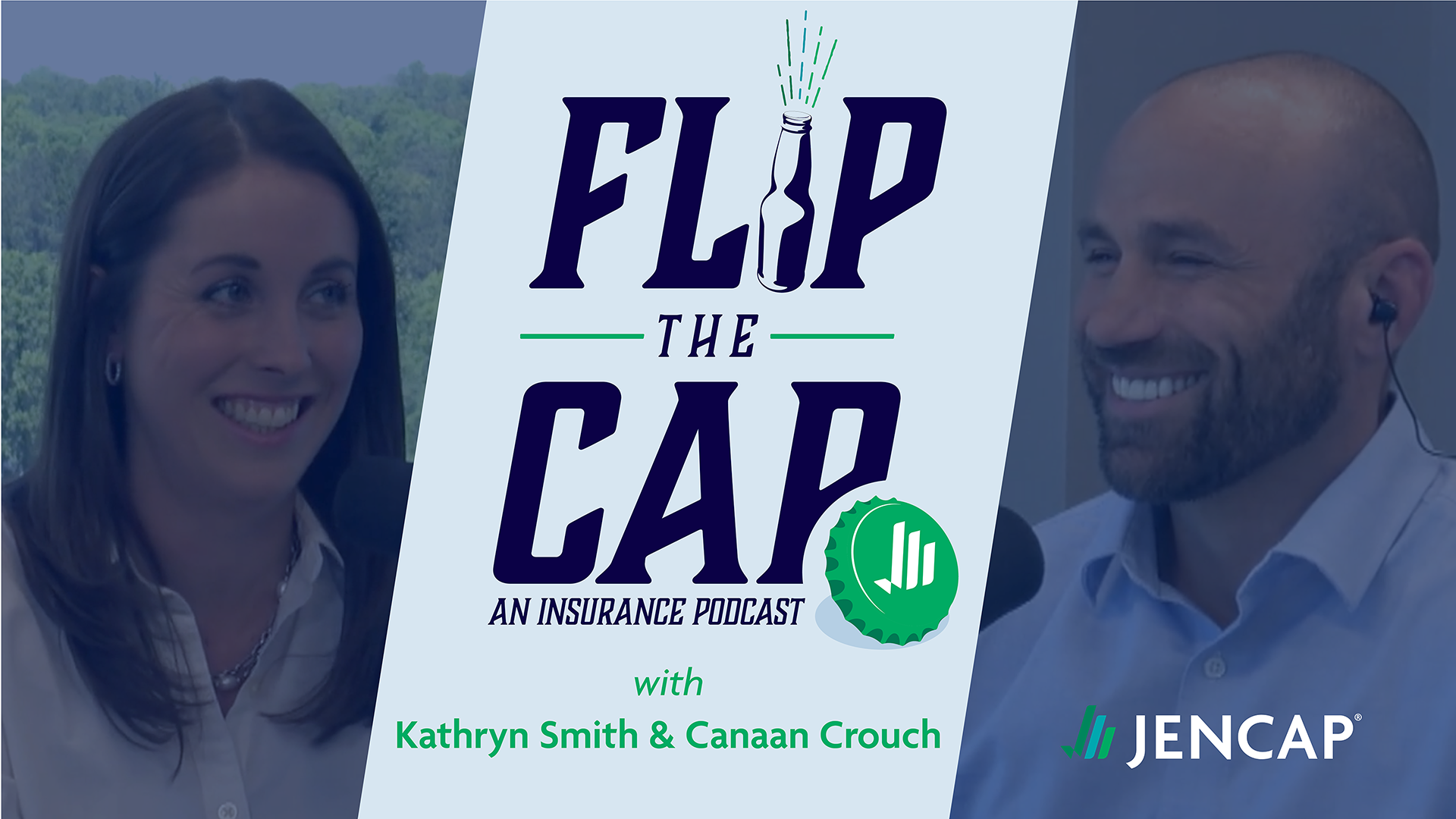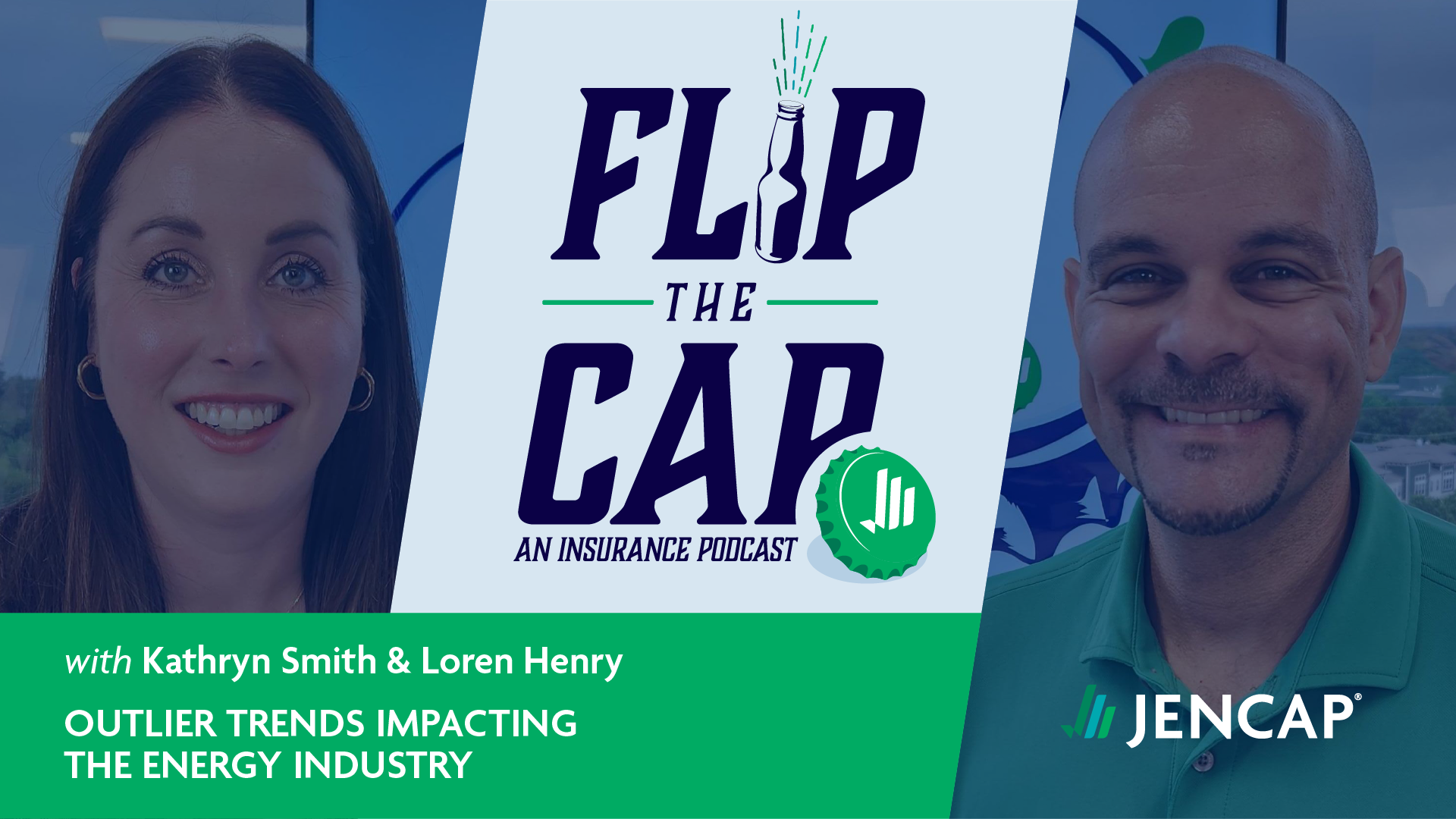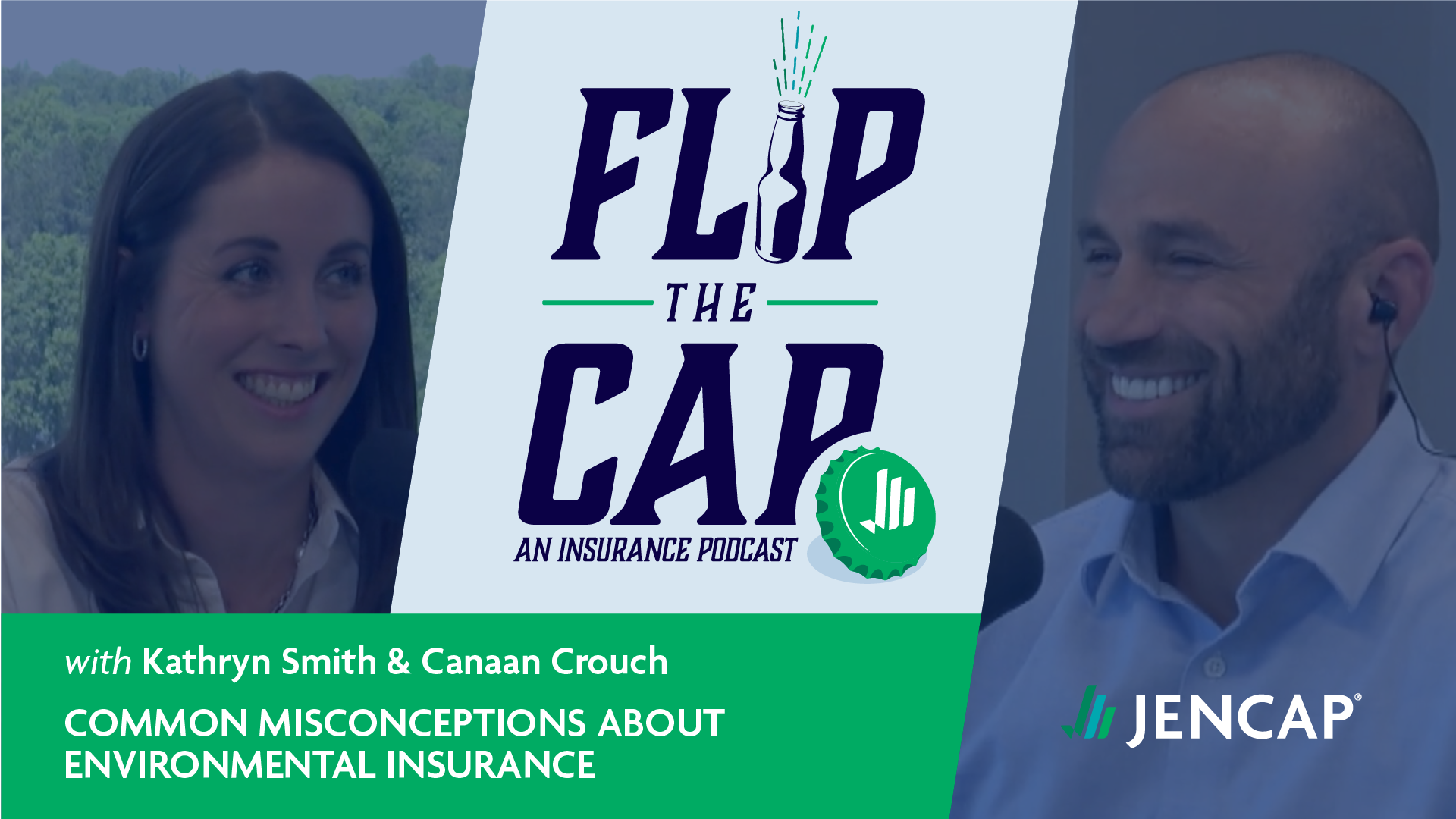As the United States continues its transition toward sustainable energy, California has been at the forefront, leading the charge in adopting solar power. Net Energy Metering (NEM) has played a crucial role in incentivizing solar adoption, but the recent rollout of NEM 3.0 poses some tough challenges for the California solar industry and environmental insurance market.
In this blog post, Canaan Crouch, Specialty Managing Director at Jencap Specialty Insurance Services and environmental expert, sheds light on what NEM 3.0 entails, what it means for the California solar industry, and how it impacts insurance agents and carriers.
What Is the Net Energy Metering (NEM) Program?
Over the last several years, California has seen exponential growth in the number of solar installations, particularly in the Sun Belt. Much of that has been driven by California’s Net Energy Metering program, which first rolled out in 1996 and incentivizes consumers to install solar panels through an energy buy-back program.
NEM is basically a billing arrangement between the consumer and their utility company. Crouch explains, “If you have solar panels installed on your home in California, whenever you’re producing more energy than you need, you can sell that energy back to the grid. Essentially, your energy meter ‘runs backwards,’ and you get a credit for it.”
What Is NEM 3.0?
The NEM program has seen several iterations since its inception. The most recent iteration — NEM 3.0 — went into effect in April 2023 and introduced significant changes to the energy buy-back compensation structure. Now, homeowners will get 75% less than they used to for the energy they sell back to the grid.
“The NEM guidelines offer an incentive for homeowners in California to install solar panels on their homes,” explains Crouch. “The previous subsidy was rather rich, but as NEM 3.0 came out it scaled back this subsidy and led to a reduction in demand for residential solar panels.”
The updated program also encourages homeowners to buy and install battery storage alongside their solar panels, which would allow them to “collect” and store excess energy to use in their homes during peak energy rate hours (like overnight).
According to the California Public Utilities Commission, the move to NEM 3.0 is necessary to strike a balance between ensuring fair compensation for solar energy and adapting to the evolving needs of the grid. NEM 3.0 is intended to “reflect the actual value of customer solar energy exported to the grid and to control electricity costs for all customers.”
The Impacts of NEM 3.0 on the California Solar Industry
Unfortunately, the impacts of NEM 3.0 extend far beyond simple payment-structure changes and more sustainable energy storage for homeowners. It represents significant job loss for the California solar market.
“The intended consequence of NEM 3.0 is that California is trying to push more homeowners to have storage capacity for energy in their homes,” says Crouch. “However, the unintended consequence is that there’s been a reduction in the revenues of existing solar contractors in California.”
There just isn’t as much of an incentive for homeowners to install new solar panel systems for their homes. “Consumers are speaking with their wallets,” says Crouch. “There is not as much of a rush to put panels on their roofs.”
When new consumer demand goes down, the entire California solar industry feels it. According to the California Solar and Storage Association, the NEM 3.0 rollout is responsible for a 77% to 85% sales reduction since 2022. They predicted this would equate to 17,000 job losses by the end of 2023.
What NEM 3.0 Means for Insurance Professionals
The extent of NEM 3.0’s impact goes beyond solar panel owners and those directly involved in installing and supporting solar infrastructure. The insurance professionals and carriers who support the California solar industry will be impacted as well.
Impact on Retail Agents
Retail agents with a book of solar business in California will see their profits take a hit. Here’s why:
“With less demand in the marketplace for residential solar panels, our insureds — the solar installation contractors — are not generating as much revenue as they have in previous years,” says Crouch. ”Insurance policies are rated off of revenue, so if insureds are generating less revenue, they are also paying less for insurance. This impacts retail agents, because their commission is tied to the policy premiums. If the premiums go down, then their commission goes down as well.”
Impact on Carriers
The effects of decreasing premiums won’t stop at impacting retailers’ commission and earning potential. Lower premiums can also impact carriers’ abilities to pay for solar related claims.
“We continually see solar claims from installation contractors driving the frequency of loss,” says Crouch. “That’s concerning because when you have a high frequency of loss, claim severity is often not far behind. The more unit count you have in claims, the greater the likelihood that you’re going to have a severe claim.”
This is particularly problematic for carriers when it comes to dealing with claims related to latent construction defects on solar products.
Some construction defects can go unnoticed for a while before they become an issue and trigger a claim. Once those claims hit, however, carriers need to have enough money in their coffers to cover the costs. With premiums going down, carriers could be in a position where they don’t have enough in reserve to handle issues related to construction defects that continue to trickle in from past installs.
“It’s a concern for carriers,” notes Crouch, “on how they’ll manage their book of business on a go-forward basis.”
Implications for Nation-wide Solar Expansion
Because California has led the change in solar expansion in the U.S., they serve somewhat as a testing ground for solar adoption strategies. Other states are looking to them for evidence of how they can successfully encourage residents to move toward solar power.
What we are seeing now is how incentives through government subsidies play out in the marketplace.
“We’re watching California play out as the beta model for net energy metering,” says Crouch. “They originally offered significant subsidies, but could not afford to sustain them — hence the rollout of NEM 3.0. As would be expected, the sharp spike for solar demand has declined, and California is still nowhere near full penetration with solar.”
The Importance of Leveraging Brokers with Environmental Expertise
NEM 3.0 represents a significant step in the evolution of California’s solar landscape — but not necessarily a positive one. Its trickle-down effect and the dramatic changes it will bring to capacity, rates, and carriers’ financial ratings in this ever-evolving industry underscores the importance of working with a specialized broker who knows the industry well.
At Jencap, our expert environmental brokers keep a close eye on emerging solar sector trends and news. We’re always ready to offer support and guidance to our retail agency partners and their clients, no matter what challenges or opportunities those trends may bring. Contact Jencap today for more information about our environmental capabilities and to secure a quote.







